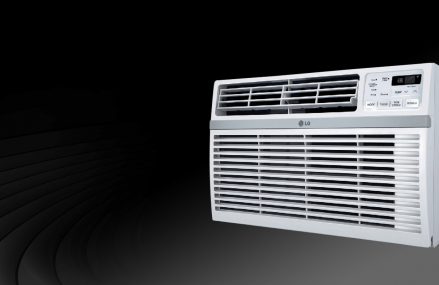Not long ago, all keyboards were using mechanical switches instead of rubber domes placed today under many modern offerings. However, they were accompanied by a high price tag which soon became impractical, as computers themselves took over in terms of affordability.
Luckily, new production methods lead to the creation of mechanical keyboards. But lots of consumers don’t have a clue about what they are, probably because they never took time to research these keyboards or never heard of them. But no one can be blamed, as most computer purchases include a keyboard by default, so people don’t really have an incentive to research a different one.
However, if you want to know more about a mechanical keyboard (how it functions, features, etc.), then you’ve come to the right place.
What you need to know
A mechanical keyboard differs from other keyboards because of having switches under keyboard keys. They are comprised of moving parts, including a stem made of hard plastic that contains a spring beneath and some metal contacts.
So when the user presses the keys, the stem pushes down the spring for connecting the two metal contacts, registering the key press on the circuitry of the keyboard, which translates the command to the computer screen.
These switches basically make up mechanical keyboards. Regular keyboards may have the same keycaps, but it is going to be mechanical if it utilises any switches.
Quality is another defining factor of mechanical keyboards. Because of the good durability period and good construction quality of the switches in these keyboards, mechanicals are considered as keyboards of the high quality that last longer than their regular counterparts.
The simple reason behind this is that regular keyboards are made with cheap materials. Why? Because manufacturers are giving away so many keyboards with computer purchases, so they will mostly look to bring down their costs. This has also been resulting in the development of membrane keyboards, and today rubber-domed offerings, which are a hybrid of mechanical and membrane options.
These domes, however, aren’t able to match the quality offered by a mechanical keyboard, as they don’t contain many moving parts. The domes are created with polyurethane usually underneath a rubber keypad. So when a key is pressed, this rubber ends up pushing the poly switch down to connect with the circuit board below. These domes could consist of metals, but most average keyboards contain polyurethane, which means they even don’t last as much metal-dome ones, and far less than 100% mechanical counterparts.
Bottom line
Because mechanical keyboards use higher-quality switches, they produce different sounds, and last longer. They can also use several different switches, which can also make a difference in their use.
Most keys have their independent key switch mechanism, so their response and tactical feedback for each key stroke is quite smooth – imagine the precision of a mouse click on every key you press, and when optimized with lighter key actuation, it will redefine the way you perform different tasks on the computer. For more information.



